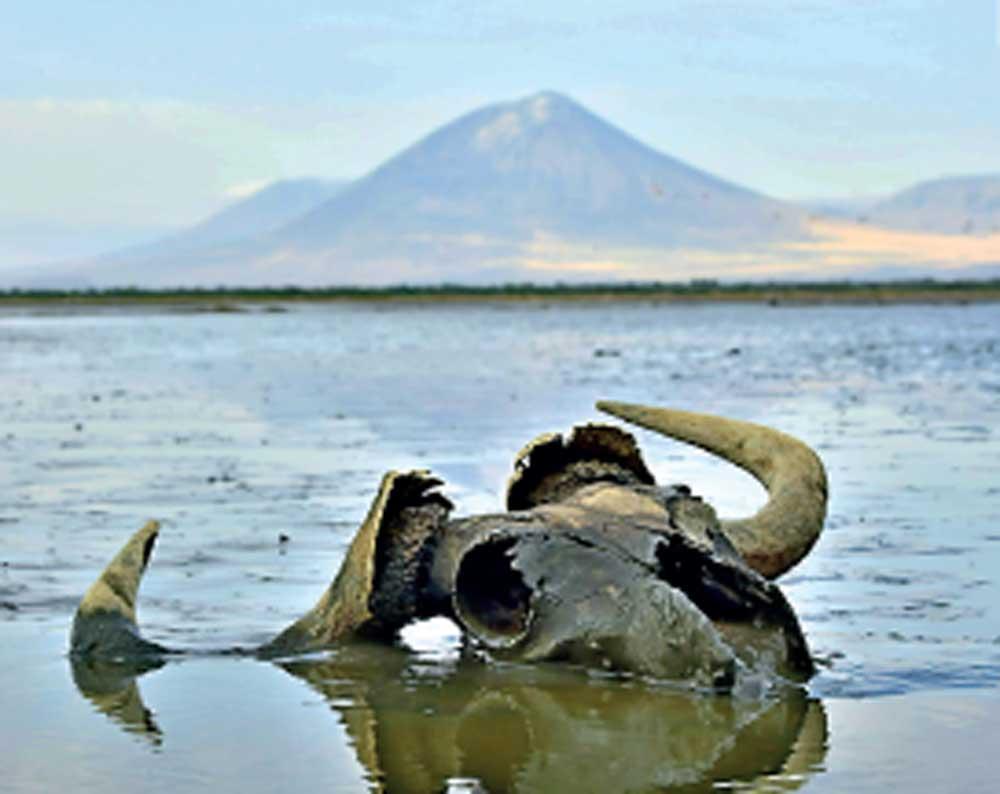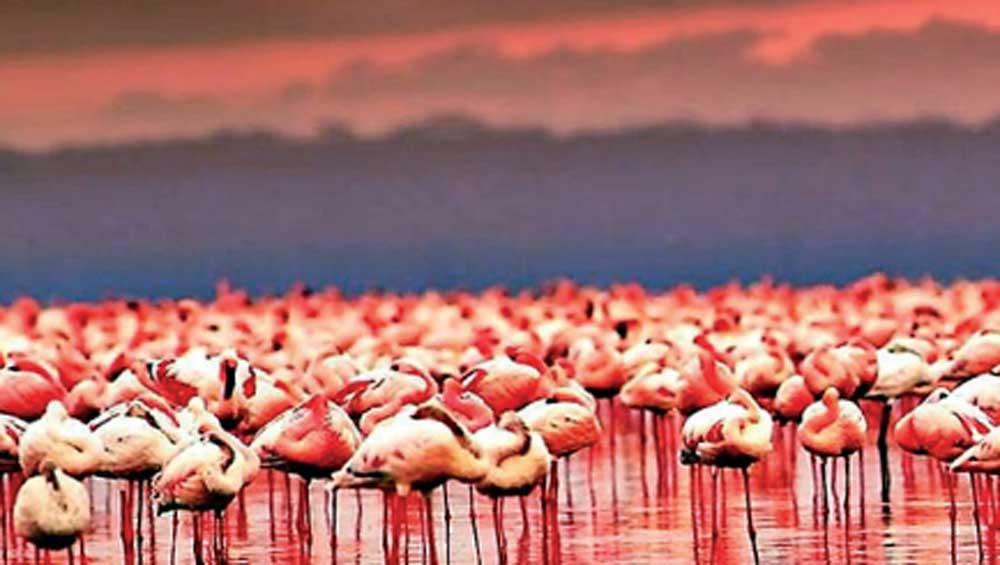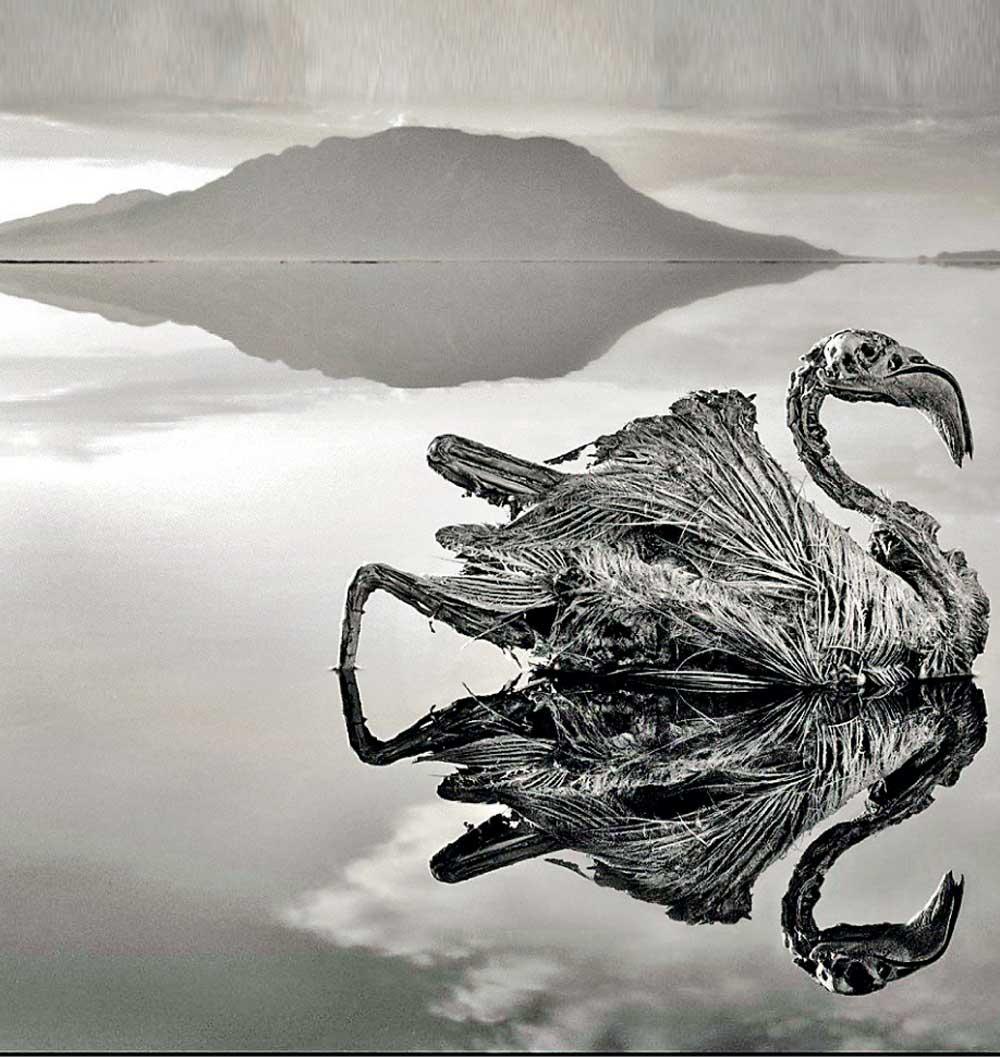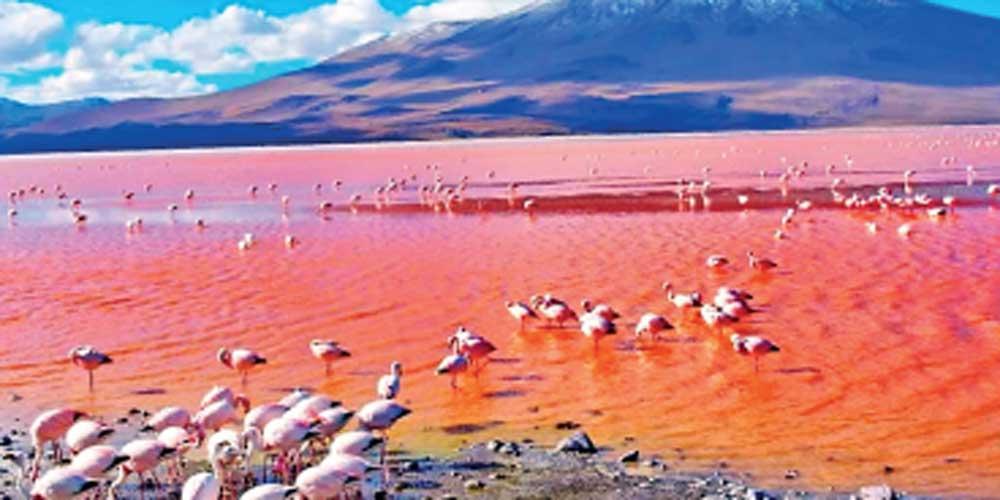Unveiling the Mysteries of Lake Natron, Tanzania





- The secret lies in the lake's extreme inaccessibility and toxic environment, which protect the birds from predators.
- For those who make the journey, however, the reward is profound. At sunrise, the lake reflects the sky like a giant mirror
In the heart of East Africa, nestled within the desolate landscapes of northern Tanzania, lies a lake so eerie, so alien, that it feels more like the set of a dystopian film than a creation of Earth. This is Lake Natron a body of water so caustic that it can calcify animals, so crimson it seems to bleed into the surrounding plains, and so secretive that even seasoned travelers often overlook its chilling beauty.
But behind its haunting surface lies a tale of paradox: of life thriving where death seems inevitable, of danger and delicate balance, and of a lake whose secrets have confounded scientists, enchanted photographers, and drawn in the most curious of souls. Welcome to the story of Lake Natron, one of the world’s most fascinating and misunderstood natural wonders.
The first thing you notice about Lake Natron is its color. Depending on the time of year and the angle of the sun, the lake transforms from a silvery shimmer to deep reds, oranges, and pinks. This spectacle is caused by halophilic (salt-loving) microorganisms particularly Dunaliella salina; which thrive in the lake’s hypersaline environment and produce red pigments as a form of protection from intense sunlight.
These microscopic organisms may be tiny, but they’re responsible for one of the most arresting natural displays on Earth. From above, Lake Natron appears as if it’s bleeding across the Tanzanian landscape, an otherworldly expanse that defies expectation.
But the lake’s stunning palette is only the beginning.
Lake Natron’s deadly reputation stems from its extreme alkalinity. With a pH as high as 10.5, it’s nearly as caustic as ammonia. Its water is rich in sodium carbonate and other minerals, thanks to the volcanic ash from the nearby Ol Doinyo Lengai, the only active carbonatite volcano in the world.
This chemical makeup means that the lake is highly reflective, deceptively calm, and completely inhospitable to most life forms. Any animal that becomes submerged in its waters risks a swift and grim fate its body preserved through calcification, often appearing almost mummified. Birds that fly too low and crash into the water, or animals that wander in and cannot escape, are often found along the shoreline, eerily petrified.
Photographer Nick Brandt captured global attention in 2013 when he published a series of haunting images of birds turned to stone by the lake, posed on rocks as though still alive. The photographs weren’t staged for drama the animals were found as they were, calcified and frozen in time by the lake’s chemistry.
Paradoxically, amid all this hostility to life, Lake Natron is a vital sanctuary and not just for any species, but for one of Africa’s most iconic birds: the lesser flamingo.
Over 75% of the world’s lesser flamingos are born at Lake Natron. How is that possible?
The secret lies in the lake’s extreme inaccessibility and toxic environment, which protect the birds from predators. Flamingos feed on the very algae that give the lake its color, and they nest on small salt islands formed during dry periods. With few predators brave enough to approach the blistering water, the flamingos can breed in peace at least, for now.
But the flamingos’ survival hangs in a delicate balance. Human activity, such as plans for damming nearby rivers and expanding industry, threatens the fragile ecosystem. If the lake’s water levels drop or its chemistry changes, the flamingos may lose their only viable breeding ground.
Lake Natron doesn’t just look alien it may also hold clues about life on other planets.
NASA scientists have studied the lake’s extreme conditions to better understand extremophiles, microorganisms that survive in environments once thought uninhabitable. The presence of such life forms suggests that similar organisms might exist on Mars, or on the icy moons of Jupiter and Saturn.
Lake Natron, then, isn’t just a Tanzanian curiosity it’s a biological window into the possibilities of extraterrestrial life, and a reminder that Earth still holds secrets as strange as those we seek in the cosmos.
To the local Maasai people, Lake Natron is a place of power and reverence. While some avoid its shores due to the lake’s ability to “steal life,” others consider it sacred a manifestation of divine balance between life and death, beauty and danger.
The mountain that looms nearby, Ol Doinyo Lengai, means “Mountain of God” in the Maasai language. It occasionally rumbles to life, spewing rare carbonatite lava a type of lava so cold it flows black and cools quickly. The volcano and the lake together are seen as part of a greater spiritual landscape, one that deserves respect, not conquest.
There’s also a sense of mystery in the air of ancient spirits, petrified beings, and whispers carried by the desert wind. Whether rooted in science or spirituality, the lake’s legends feed into its haunting allure.
Despite its beauty and significance, Lake Natron remains largely off the beaten path. The roads are rough, the heat is brutal, and the nearest towns are hours away. Most travelers in Tanzania head for the Serengeti, Kilimanjaro, or Zanzibar, never knowing that such a surreal and cinematic destination lies just to the north.
For those who make the journey, however, the reward is profound. At sunrise, the lake reflects the sky like a giant mirror. As the sun climbs, the colors deepen, and the volcanic peaks cast long shadows over the shimmering, poisonous water. It’s both mesmerizing and unsettling an experience that lingers in the mind long after you’ve left.
The Future of a Fragile Wonder
Lake Natron’s haunting beauty comes with an urgent message. Like many unique ecosystems, it’s under threat from climate change, from proposed developments, from the slow encroachment of tourism and industry.
Conservationists are working to raise awareness of the lake’s ecological importance, particularly its role in flamingo survival. But efforts are ongoing, and time is ticking. What happens here won’t just affect a bird species it could unravel a chain of biological resilience that reaches from ancient Earth to outer space.
Why You, Should Care?
In an age of synthetic experiences and curated travel, Lake Natron stands as a rare reminder of Earth’s wild, unfiltered wonder. It doesn’t cater to comfort. It doesn’t bend to human will. But it asks us to look deeper to see beyond the shimmering surface and face the contradictions that define nature.
A place that kills but gives life, that terrifies but fascinates, that calcifies animals and nurtures flamingos it challenges us to embrace the complexity of the planet we call home.
So, if you ever find yourself in northern Tanzania, skip the usual path for a moment. Venture north. Seek out the lake of fire and stone. And stand at the edge of Lake Natron, where life and death dance beneath a crimson sky.
You may never look at Earth the same way again.











